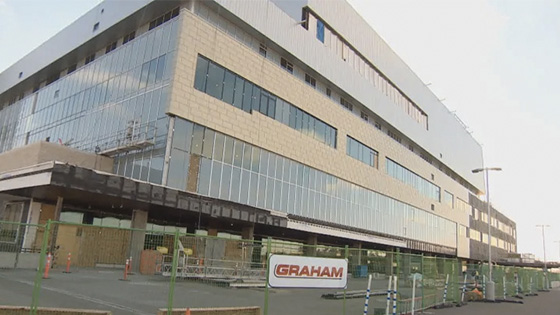
The underlying defect might be inadequate structural support, improper materials, improper subsurface preparation or inadequate expansion joints. For example, although a stucco crack may appear to be the defect, it is just the manifestation of the defect. The manifestation is the apparent condition of the structure, a component, or the materials that is caused by the construction defect, and which provides evidence of a deeper problem. Examples include concrete that progressively deteriorates over several freeze-thaw periods, pavement that gives way due to gradual loss of supporting subgrade and leaking roofs that over time cause damage to building components and mold growth.Ī defect often is different from the manifestation of the defect, although generally both must be corrected. Latent defects also can be progressive – that is, over time the defect gradually becomes worse as the structure or its systems are subject to wear and tear or natural forces. An example would be a structural beam that meets the specified size, color and grade requirements, but is understrength. A latent defect exists at the time of construction but is undetected until after (sometimes years after) construction is completed and the structure and its systems are in use.

Defects such as undersized beams, understrength concrete or coatings failures usually are apparent during construction when liability is clear and the cost of correction is relatively minimal.įrequently, however, defects are latent. It is the bridge whose cables flex and snap, the concrete that is understrength or structurally deficient, the roof that leaks, the adhesives that do not bond and the paint that peels, to name only a few examples.Ĭonstruction defects can be obvious or latent.

A construction defect occurs whenever finished or partially completed construction fails to perform as required by applicable contract documents or accepted standards.


 0 kommentar(er)
0 kommentar(er)
